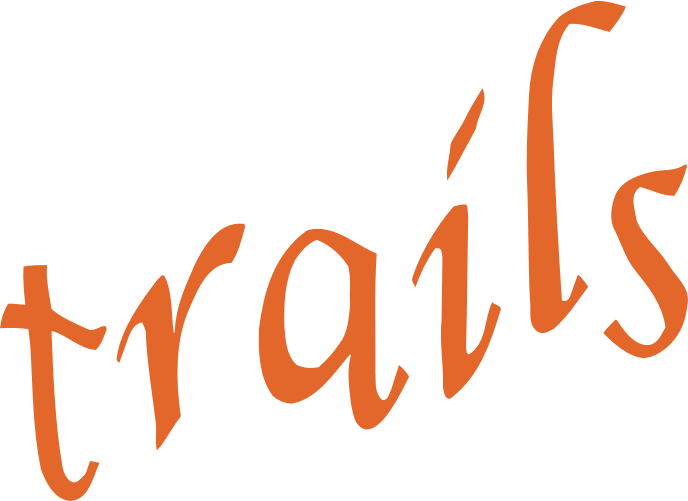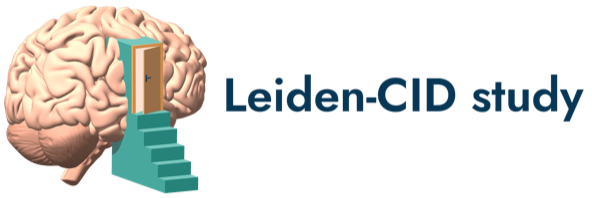-
measure Borderline Personality Features Scale for Children (BPFSC-11)
Study: Generation R Mode of collection: SelfAdministeredQuestionnaire Available measurements: Generation R 17-18 yearsThe Borderline Personality Features Scale for Children (BPFSC-11) includes 11 items tapping into the core features of borderline personality disorder features, including identity problems, affective instability, and negative relationships. Items are rated on a 5-point Likert scale.Created October 17, 2024 • Updated October 20, 2024 -
measure Time Spent with Others
Study: RADAR Mode of collection: SelfAdministeredQuestionnaire Available measurements: Old Cohort RO - W1 RO - W2 RO - W3 RO - W4 RO - W5 RO - W9 RO - W10 RO - W11 RO - W12 RO - W13 RO - W14
Young Cohort RY - W1 RY - W2 RY - W3 RY - W7 RY - W8 RY - W9 RY - W10 RY - W11Time Spent with Others (TI) is an adolescent-reported, two-item scale, designed based on the question "How much free time do you spend with each of these persons?” from the Network of Relationship Inventory (NRI, Furman & Buhrmester, 1985). The scale includes the description "Please indicate below how much time you've spent with your...Created October 17, 2024 • Updated October 20, 2024 -
measure Disclosure/Secrecy
Study: RADAR Mode of collection: SelfAdministeredQuestionnaire Available measurements: Old Cohort RO - W10 RO - W11 RO - W12 RO - W13 RO - W14
Young Cohort RY - W7 RY - W8 RY - W9 RY - W10 RY - W11Disclosure/Secrecy (DS) assesses self-reported disclosure and secrecy in the relationship with the partner. It is based on the Self-concealment Scale (Larson & Chastain, 1990).Created October 17, 2024 • Updated October 20, 2024 -
measure Triangular Love Scale (TL)
Study: RADAR Mode of collection: SelfAdministeredQuestionnaire Available measurements: Old Cohort RO - W8 RO - W9 RO - W10 RO - W11 RO - W12 RO - W13 RO - W14
Young Cohort RY - W7 RY - W8 RY - W9 RY - W10 RY - W11The Triangular Love Scale (TL) assesses self-reported intimacy, passion, and commitment in an intimate/romantic relationship addressed by youth.Created October 17, 2024 • Updated October 20, 2024 -
measure Importance of Friends
Study: RADAR Mode of collection: SelfAdministeredQuestionnaire Available measurements: Old Cohort RO - W5 RO - W6 RO - W7 RO - W8 RO - W9Saliency importance of friends/Perception similarity friends assesses the self-reported importance of similarity between friends in delinquency, school motivation and relationships, and the perceptions of similarity between friends in delinquency, school motivation and friendship.Created October 17, 2024 • Updated October 20, 2024 -
measure Berkeley Puppet Interview (BPI)
Study: TRAILS Mode of collection: Interview Observation Available measurements: The Next Generation NEXT - T4 NEXT - T5The Berkeley Puppet Interview (BPI) is a semi-structured method to interview small children between about 4 and 7 years old. Children are asked a question using two puppets who represent two opposing statements and are allowed to respond in their own way, either verbally or non-verbally. The aim of the method is to simulate a natural dialogue between the...Created October 17, 2024 • Updated October 20, 2024 -
measure Social Contact Questionnaire
Study: L-CID Mode of collection: SelfAdministeredQuestionnaire Available measurements: Middle Childhood Cohort MCC - T6The Social Contact Questionnaire is a self-developed questionnaire that consists of 10 items assessing the duration, types and importance of the children's social contacts, including parents, siblings, grandparents, and friends.Created October 17, 2024 • Updated October 20, 2024




